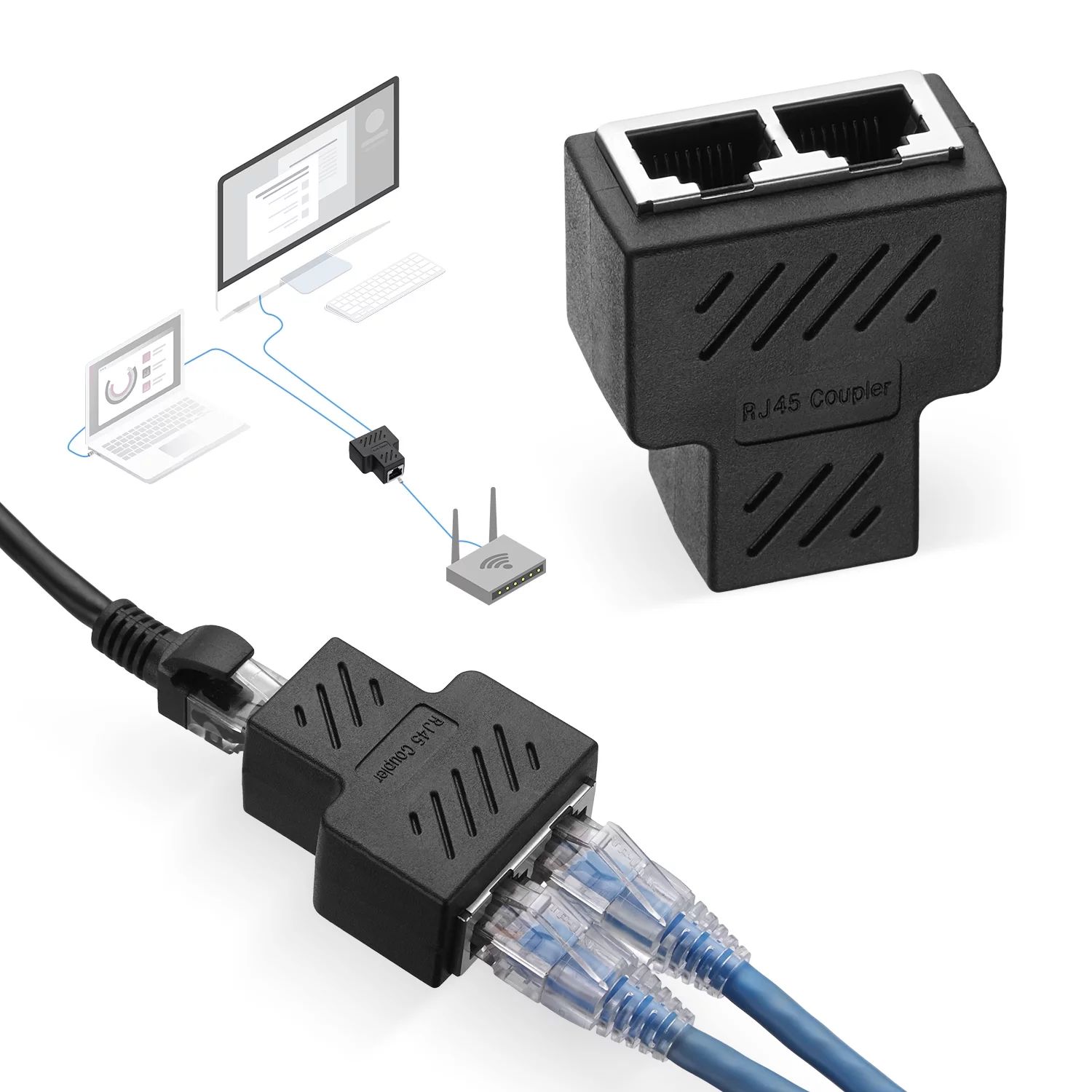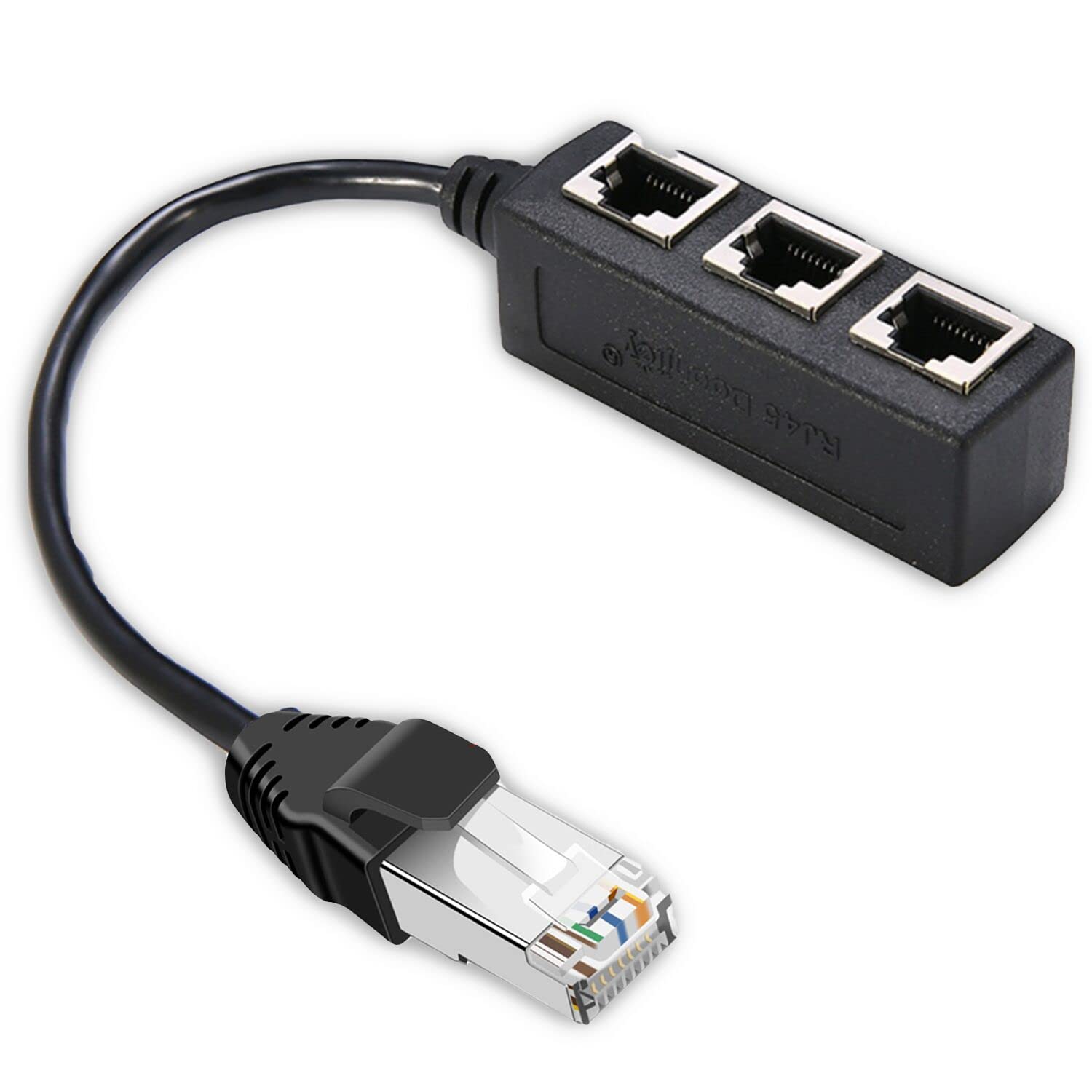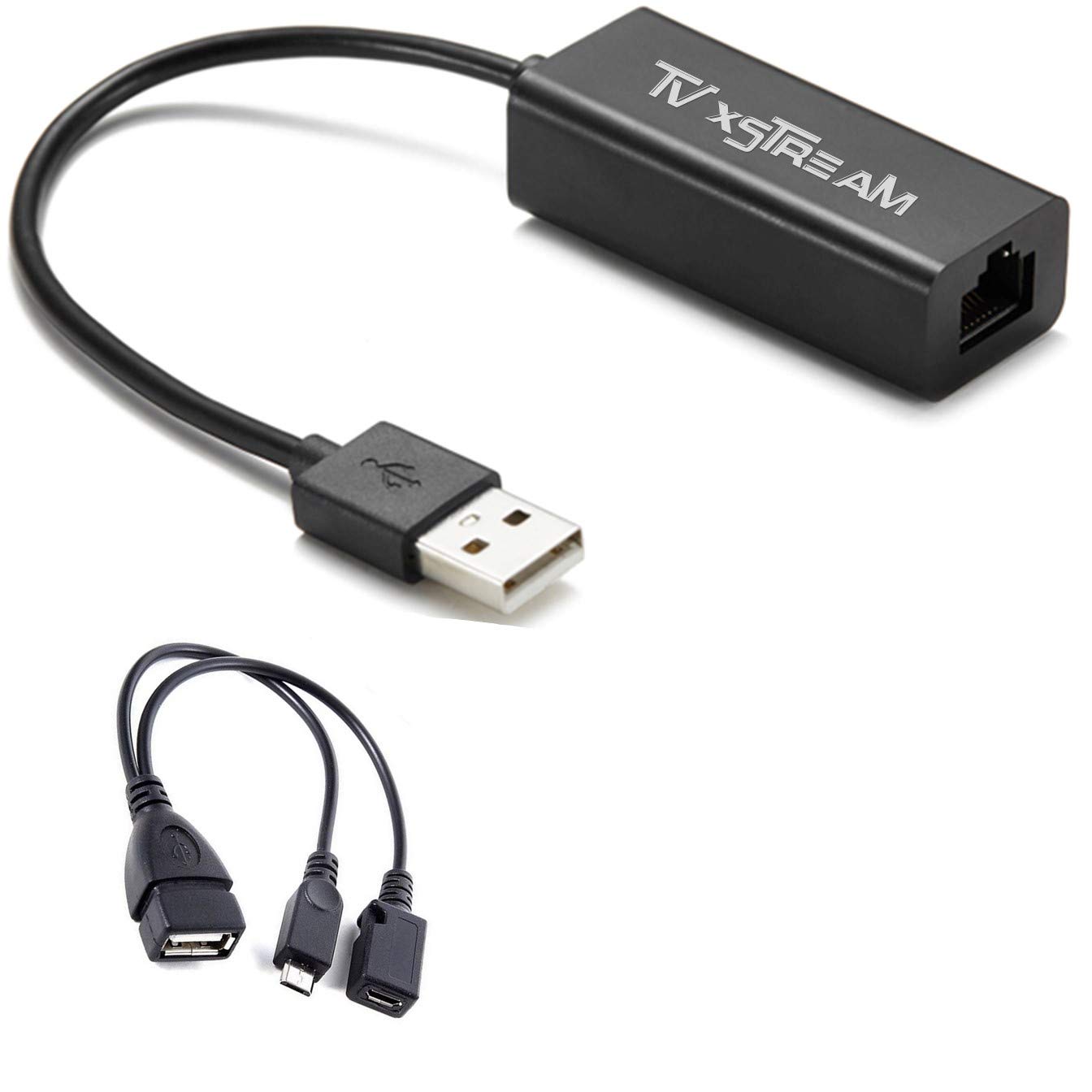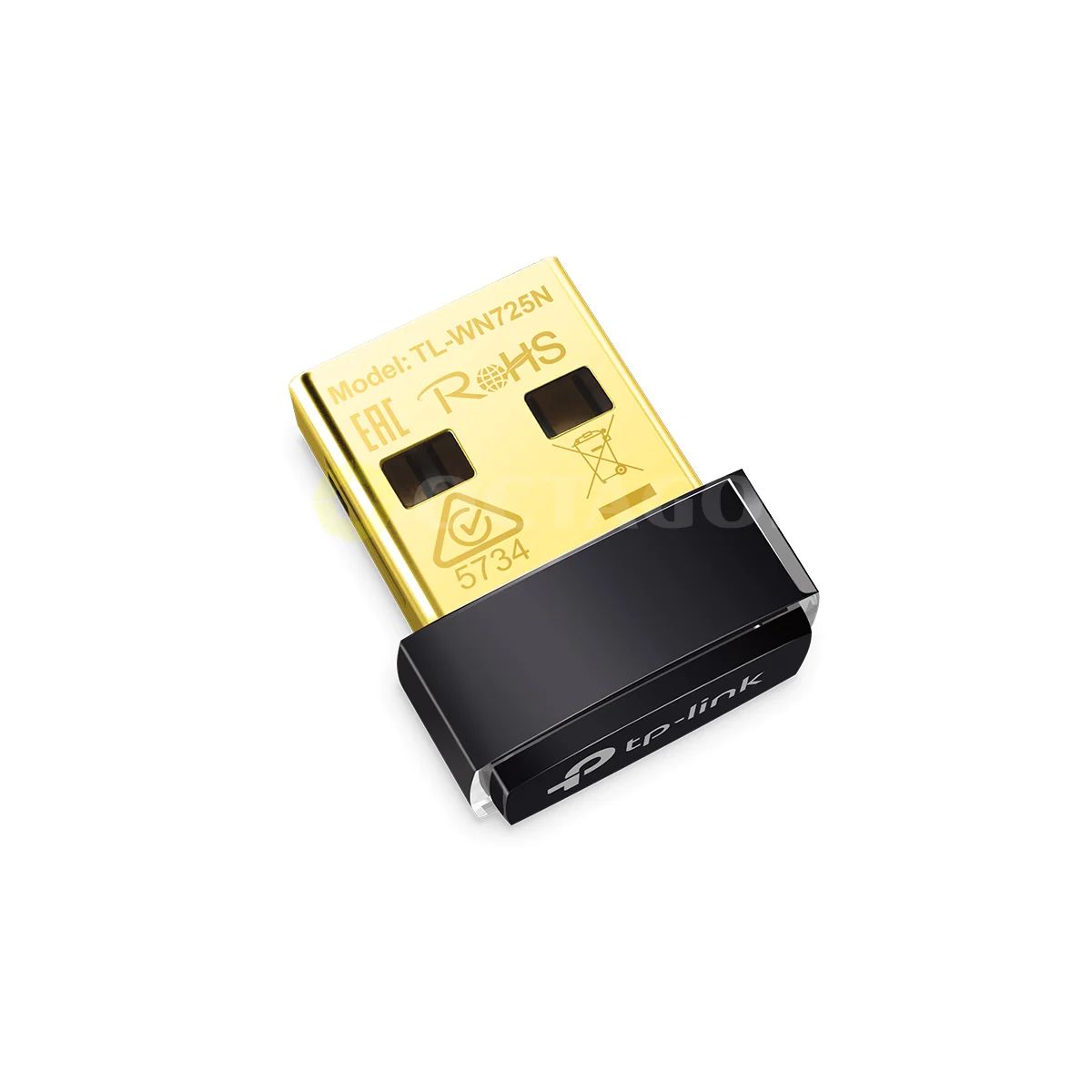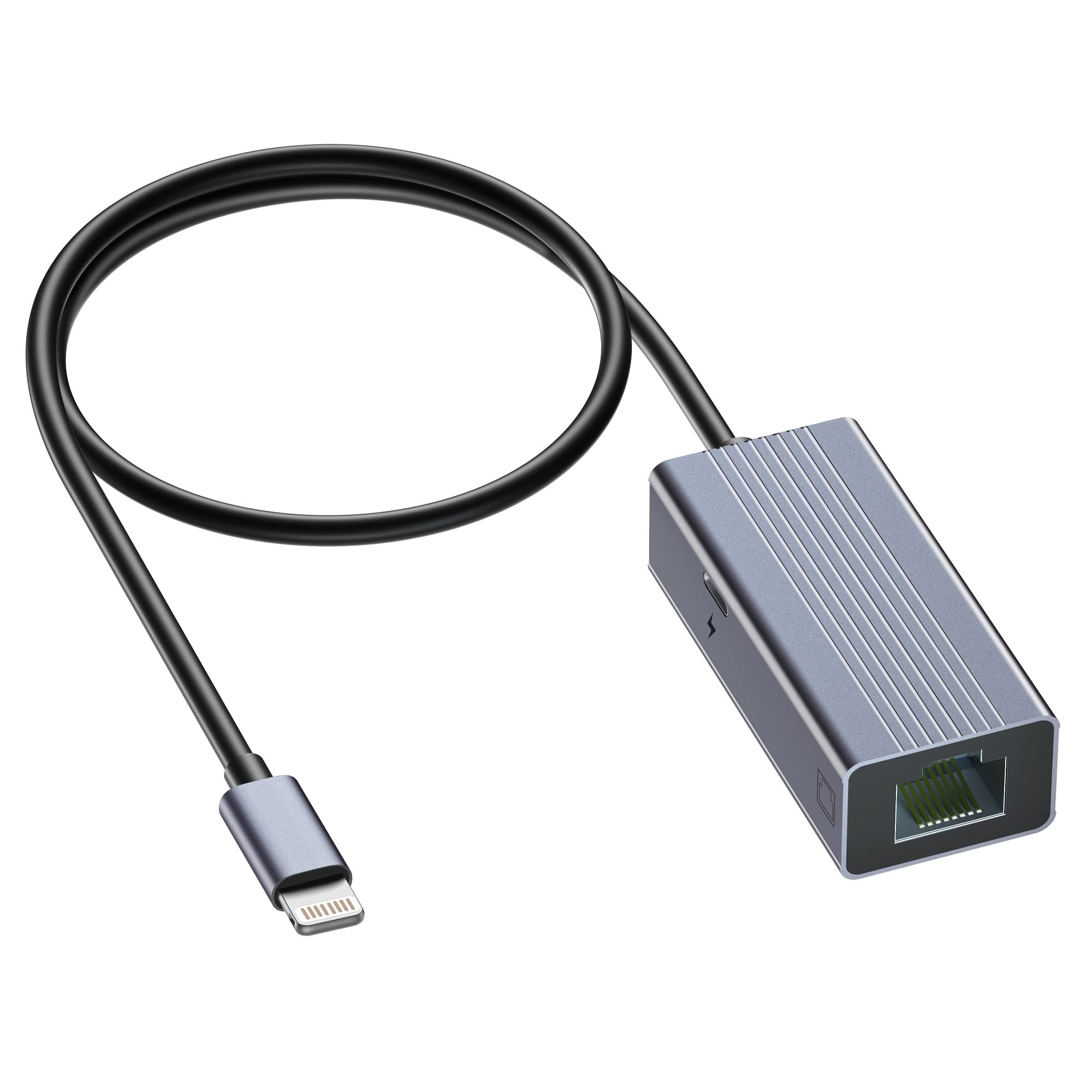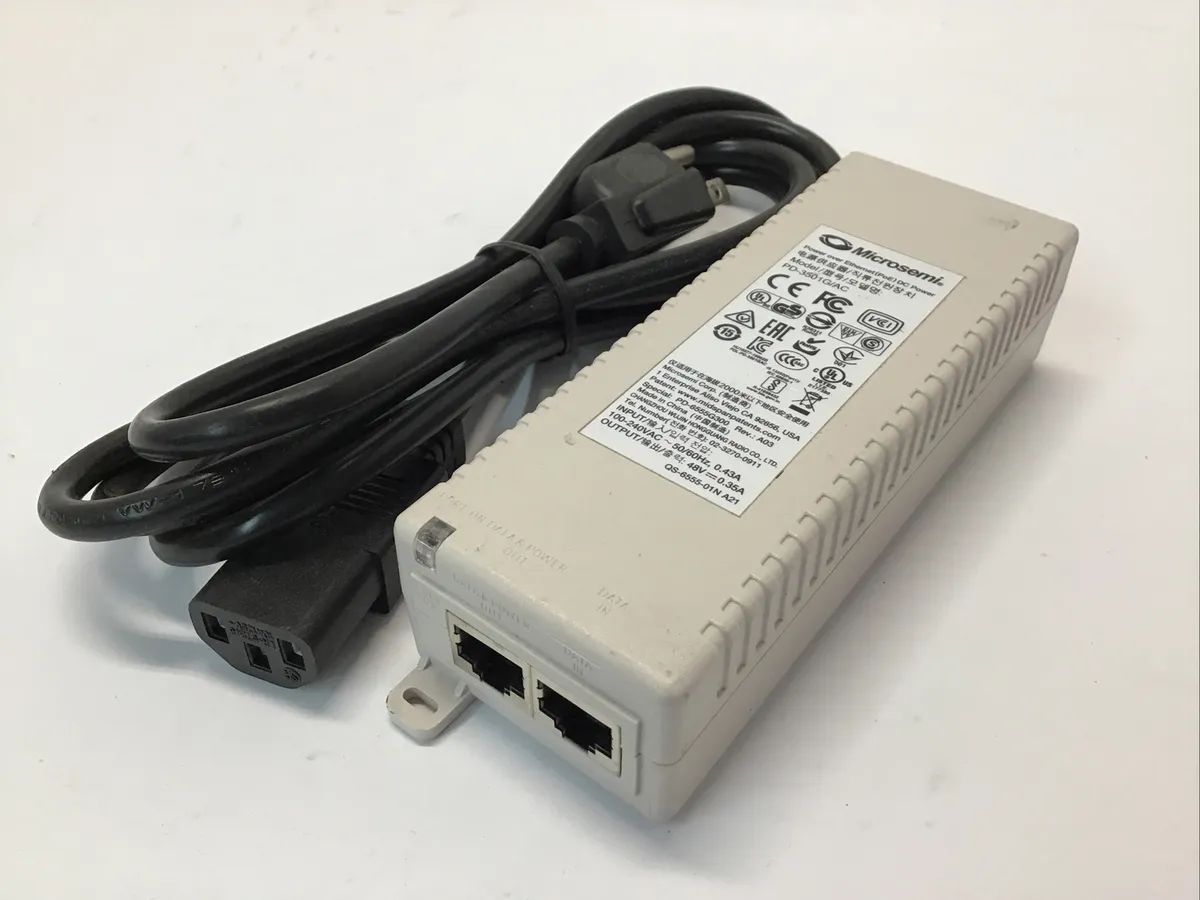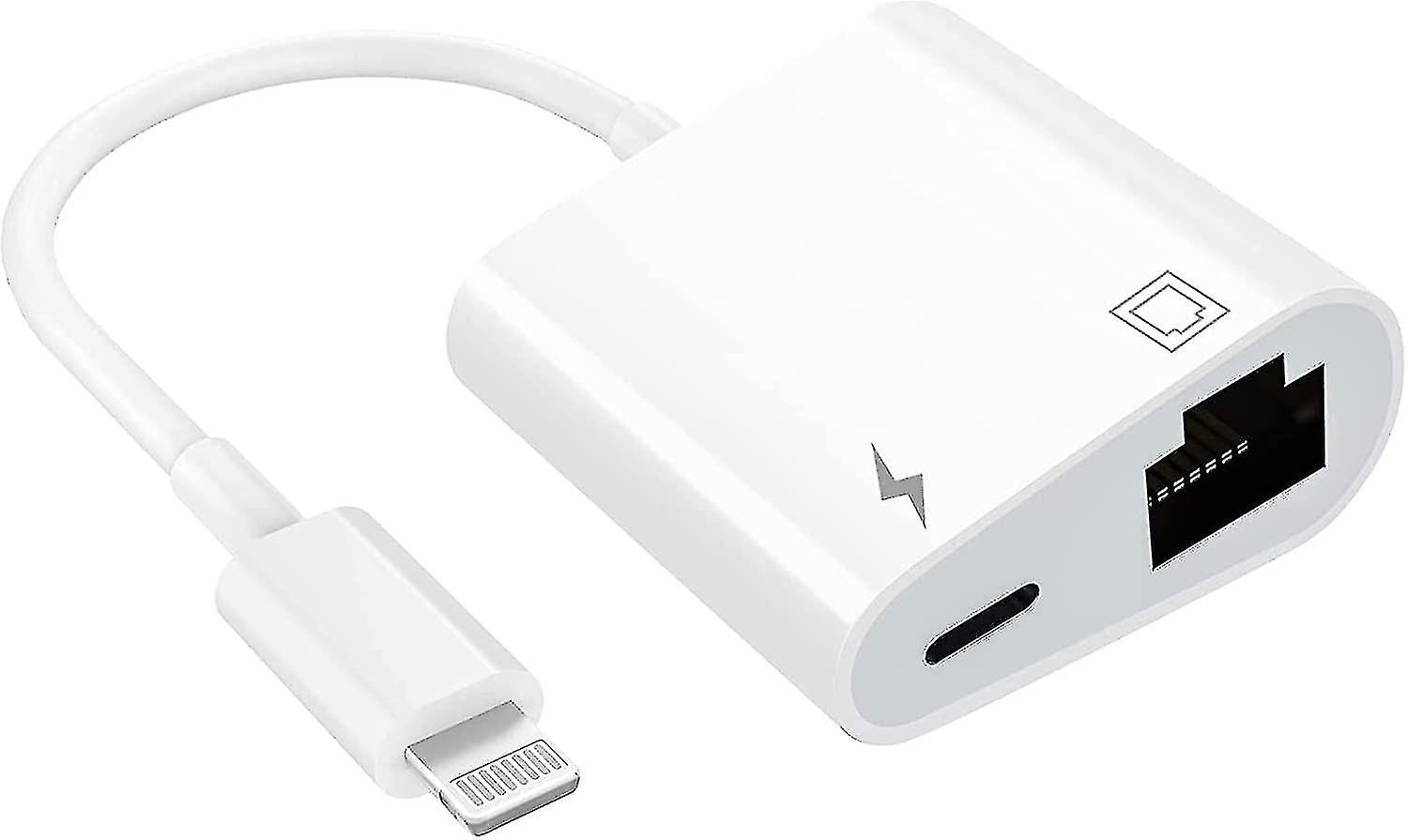Introduction:
Welcome to the world of Ethernet and its various speeds! If you’re here, you might be wondering why your Ethernet connection is capped at 100Mbps. Don’t worry, you’re not alone. Many people face similar issues and struggle to understand why their network speeds are limited.
Ethernet is the standard networking technology used to connect devices in a local area network (LAN). It provides a reliable and secure connection, allowing data to be transmitted between devices at high speeds. However, despite its capabilities, sometimes you might find that your Ethernet connection is not performing as expected, particularly when it comes to the maximum speed.
In this article, we will dive deeper into the world of Ethernet speeds and explore the factors that can affect them. We will also discuss common issues that can limit your Ethernet speed and provide troubleshooting steps to resolve these limitations.
Whether you’re a home user or a business professional, understanding why your Ethernet connection is capped at 100Mbps is crucial in ensuring a smooth and efficient network experience. So, let’s get started and unravel the mysteries of Ethernet speed limitations!
Understanding Ethernet Speeds:
Before we delve into the factors that affect Ethernet speeds, let’s first clarify what exactly Ethernet speeds refer to. Ethernet speeds are typically measured in megabits per second (Mbps) and indicate the rate at which data can be transmitted over an Ethernet connection.
The most common Ethernet speeds include 10Mbps, 100Mbps, 1Gbps (Gigabit per second), and 10Gbps. These speeds denote the maximum bandwidth that your Ethernet connection can support. The higher the speed, the more data your network can handle, resulting in faster file transfers, smoother video streaming, and reduced latency.
It’s worth mentioning that the Ethernet speeds mentioned above are theoretical maximums and not guarantees of the actual speed you will experience. Real-world factors such as network congestion, hardware limitations, and other external influences can impact the actual speed you achieve.
Furthermore, Ethernet speeds are often categorized based on the type of Ethernet cable used. The most common Ethernet standards are Cat5, Cat5e, Cat6, and Cat6a. Each of these cable types has different capabilities in terms of the maximum speeds they can support. For example, Cat5 cables are limited to 100Mbps, while Cat6a cables can provide speeds of up to 10Gbps.
Understanding the different Ethernet speeds is essential because it helps you determine the maximum potential of your network and identify any limitations that may be affecting your Ethernet connection. In the following sections, we will explore the factors that can impact your Ethernet speeds and discuss possible solutions to address speed limitations.
Factors Affecting Ethernet Speeds:
Several factors can influence the speed of your Ethernet connection. Understanding these factors can help you identify the root cause of any speed limitations and take appropriate actions to optimize your network performance. Let’s explore some of the key factors that can impact Ethernet speeds:
1. Network Congestion:
Network congestion occurs when there is high traffic on the network, resulting in data packets experiencing delays or getting lost. This can significantly affect the overall speed and performance of your Ethernet connection. Factors that contribute to network congestion include multiple devices simultaneously accessing the network, bandwidth-intensive tasks, and inefficient network management.
2. Hardware Limitations:
The hardware components of your network, such as routers, switches, and network interface cards (NICs), can impose limitations on Ethernet speeds. Older or lower-quality hardware may have lower maximum speed capabilities. For instance, if your router only supports 100Mbps Ethernet ports, you won’t be able to achieve speeds higher than that.
3. Cable Quality and Length:
The quality of your Ethernet cables can affect the speed and reliability of your network connection. Using outdated or damaged cables, or cables that do not meet the required specifications for the desired speed, can cause signal degradation and result in lower speeds. Additionally, excessively long Ethernet cable lengths can introduce signal loss and impact network performance.
4. Network Interference:
External factors such as electromagnetic interference from other devices, electrical noise, or physical obstacles can interfere with the Ethernet signals, leading to reduced speeds and reliability. Common sources of interference include microwave ovens, cordless phones, and adjacent cables running parallel to Ethernet cables.
5. Software and Driver Issues:
Software-related issues, such as outdated network drivers or misconfigured network settings, can negatively impact Ethernet speeds. Ensuring that you have the latest drivers installed and proper configuration settings can help enhance network performance.
By considering these factors that affect Ethernet speeds, you can begin to diagnose and address any limitations you may be experiencing. In the following sections, we will discuss common issues with Ethernet speeds and provide solutions to overcome them.
Common Issues with Ethernet Speeds:
When it comes to Ethernet speeds, various issues can arise that limit your network’s performance. Identifying these common issues is key to resolving them effectively. Let’s take a closer look at some of the most frequent problems encountered with Ethernet speeds:
1. Outdated Network Equipment:
Using outdated routers, switches, or network interface cards (NICs) can hinder your Ethernet speeds. Older hardware may not support higher-speed Ethernet standards, resulting in a capped speed of 100Mbps or lower. Consider upgrading your equipment to a newer model that offers support for higher speeds.
2. Improper Network Configuration:
Incorrect network configurations can also lead to speed limitations. This includes misconfigured settings on your router, such as enabling QoS (Quality of Service) or traffic prioritization. These settings may unintentionally throttle your Ethernet speed. Review and adjust your network configuration to optimize speed.
3. Cable Interference or Damage:
Ethernet cables are susceptible to interference and damage, which can impact performance. Interference from other cables, electrical systems, or nearby devices can introduce signal degradation, leading to lower speeds. Additionally, physical damage, such as kinks or cuts in the cables, can also impede data transmission. Inspect your cables for any signs of damage and replace them if necessary.
4. Network Driver Issues:
Outdated or incompatible network drivers can cause problems with Ethernet speeds. Ensure that you have the latest drivers installed for your network adapter, especially if you recently upgraded your operating system. You can usually find the drivers on the manufacturer’s website or through the device manager on your computer.
5. Bandwidth-Hungry Applications:
If you have bandwidth-intensive applications running on your network, they can consume a significant portion of your available bandwidth, resulting in slower Ethernet speeds for other devices. Close any unnecessary applications or limit their bandwidth usage to free up network resources.
These are just a few of the common issues that can impact your Ethernet speeds. By identifying and addressing these issues, you can optimize your network performance and ensure that you’re getting the most out of your Ethernet connection. In the next section, we’ll explore ways to resolve Ethernet speed limitations and improve your network’s performance.
Resolving Ethernet Speed Limitations:
Resolving Ethernet speed limitations requires a systematic approach to troubleshoot and identify the root cause of the issue. Once you have identified the problem areas, you can take the necessary steps to improve your Ethernet speeds. Here are some solutions to help resolve Ethernet speed limitations:
1. Upgrading Ethernet Hardware:
If your Ethernet hardware is outdated and doesn’t support higher speeds, consider upgrading to equipment that is capable of handling faster connections. This includes upgrading your router, switches, and network interface cards (NICs) to the latest models that support higher-speed Ethernet standards.
2. Verifying Network Configurations:
Double-check your network configurations to ensure that they are optimized for speed. This includes checking your router settings, such as enabling any necessary QoS (Quality of Service) or traffic prioritization settings. Adjusting these configurations can help improve your Ethernet speeds.
3. Diagnosing and Fixing Cable Issues:
Inspect your Ethernet cables for any signs of damage or interference. Replace any damaged cables with new ones, ensuring they meet the required specifications for the desired speed. Additionally, ensure that the length of your cables does not exceed the recommended limits, as longer cables can result in signal degradation.
4. Troubleshooting Network Driver Problems:
If you suspect that your network drivers are causing speed limitations, update them to the latest versions provided by the manufacturer. Check their compatibility with your operating system and ensure that you have the correct drivers installed. This can help resolve any software-related issues that might be impacting your Ethernet speeds.
5. Optimizing Network Traffic:
Identify and manage bandwidth-hungry applications or devices on your network. Limit their usage or allocate the appropriate amount of bandwidth to ensure a fair distribution of network resources. This allows other devices to access higher speeds and reduces the impact of bandwidth-intensive applications.
By following these steps, you can address Ethernet speed limitations and enhance the overall performance of your network. Remember to perform these troubleshooting techniques systematically and document any changes you make to track their effectiveness. With patience and diligence, you will be able to optimize your Ethernet speeds and enjoy a faster and more reliable network connection.
Upgrading Ethernet Hardware:
If you’re experiencing Ethernet speed limitations, one effective solution is to upgrade your Ethernet hardware. Upgrading your hardware can provide a significant boost to your network speeds and improve overall performance. Here are some areas to consider when upgrading your Ethernet hardware:
1. Router:
Your router plays a crucial role in determining the maximum speed of your Ethernet connection. If your router is outdated or doesn’t support higher-speed Ethernet standards, such as Gigabit Ethernet, upgrading to a newer model can help unlock faster speeds. Look for routers that offer the latest Ethernet standards and have multiple Gigabit Ethernet ports to support high-speed connections.
2. Switches:
If you have a large network with multiple devices, using a switch can improve network efficiency and speed. Upgrading to a Gigabit Ethernet switch can provide faster data transfer rates and enable smoother communication between devices. Look for switches that offer Gigabit Ethernet ports and have sufficient capacity to handle your network’s needs.
3. Network Interface Cards (NICs):
Network interface cards, or NICs, are responsible for handling Ethernet connections on your devices. Upgrading your NICs to models that support higher-speed Ethernet standards, such as Gigabit Ethernet, can dramatically improve network performance. Consider adding Gigabit Ethernet NICs to your computers or laptops to take advantage of faster Ethernet speeds.
4. Ethernet Cables:
Ethernet cables also play a vital role in determining the maximum speed of your connection. Outdated or damaged cables can limit your Ethernet speeds. Upgrading to higher-quality cables, such as Cat6 or Cat6a, can support faster data transmission rates and ensure a reliable connection. Additionally, ensure that the cables are properly terminated and not excessively long, as longer cables can introduce signal degradation.
When upgrading your Ethernet hardware, it’s important to ensure compatibility with your existing network infrastructure. Check the specifications and compatibility of the hardware before making any purchases. Additionally, consider the requirements of your network and the future scalability you might need to avoid any potential limitations down the line.
By upgrading your Ethernet hardware, you can take advantage of the latest Ethernet standards and enjoy faster data transfer speeds and improved network performance. Whether you’re a home user or running a business network, investing in high-quality Ethernet hardware can help unlock the full potential of your network and provide a seamless and efficient user experience.
Verifying Network Configurations:
Ensuring that your network configurations are optimized is crucial for achieving the best possible Ethernet speeds. Misconfigured settings can inadvertently hinder your network performance and limit your connection speed. Here are some steps to verify and optimize your network configurations:
1. Router Settings:
Access your router’s administration panel by typing its IP address into a web browser. Check the settings related to your Ethernet connection. Some routers have specific settings, such as QoS (Quality of Service) or traffic prioritization, which can affect your Ethernet speeds. Disable any unnecessary settings that may be impacting the performance of your connection.
2. Enable Full-Duplex Mode:
Confirm that your Ethernet devices are set to operate in full-duplex mode, allowing simultaneous data transmission and reception. This mode can improve Ethernet speeds by eliminating collisions and maximizing available bandwidth. Check the network adapter settings on each device to ensure that full-duplex mode is enabled.
3. Check Network Adapter Speed:
Verify that your network adapter is operating at the desired speed. Open the Device Manager (Windows) or Network Connections (Mac) and locate your network adapter. Check its properties to confirm that the correct speed is selected. If the adapter is not set to the appropriate speed, adjust it to match the capabilities of your Ethernet connection.
4. Disable Unnecessary Protocols:
Review the protocols enabled on your network, such as IPv6 or IPX/SPX, and disable any protocols that are not necessary. Unused protocols can consume system resources and potentially impact network performance. It’s recommended to disable protocols that are not actively used to streamline your Ethernet connection.
5. Update Firmware:
Ensure that your router’s firmware is up to date. Manufacturers often release firmware updates to address bugs, security vulnerabilities, and performance improvements. Check the manufacturer’s website for the latest firmware version and follow their instructions to update your router’s firmware. This will ensure that your router is running efficiently and can potentially enhance your Ethernet speeds.
Verifying and optimizing your network configurations can help eliminate configuration-related issues that may be affecting your Ethernet speeds. By confirming that your settings are correctly configured, enabling full-duplex mode, checking adapter speed, disabling unnecessary protocols, and updating firmware, you can ensure that your network is set up for optimal performance.
Remember, the configuration process may vary depending on your router and network setup. Consult your router’s user manual or the manufacturer’s website for detailed instructions specific to your device. Taking the time to go through these steps will help you maximize your Ethernet speeds and enjoy a faster and more reliable network connection.
Diagnosing and Fixing Cable Issues:
Cable issues can be a common culprit behind Ethernet speed limitations. Damaged or improperly installed cables can impede data transmission and result in slower speeds. To diagnose and fix cable issues, follow these steps:
1. Inspect Ethernet Cables:
Visually inspect your Ethernet cables for any signs of physical damage, such as cuts, frayed ends, or kinks. Damaged cables can interfere with proper signal transmission and cause speed limitations. If you spot any issues, replace the cable with a new one that meets the required specifications for the desired speed.
2. Check Cable Connection:
Ensure that your Ethernet cables are securely and correctly connected at both ends. Loose or improperly connected cables can result in intermittent connections or lower speeds. Disconnect and reconnect the cables, ensuring they are firmly inserted into the Ethernet ports on both the devices and the router or switch.
3. Avoid Cable Interference:
Place your Ethernet cables away from sources of interference, such as power cables, fluorescent lights, or devices emitting electromagnetic radiation. These sources can introduce interference that can degrade the signal quality and impact your Ethernet speeds. Keep the Ethernet cables away from such sources, or use shielding options if necessary.
4. Consider Cable Length:
The length of your Ethernet cables can also affect your Ethernet speeds. Longer cable lengths can introduce signal degradation and result in slower speeds. Ensure that your cables do not exceed the recommended length for the Ethernet standard you are using. If longer distances are required, consider using repeaters or Ethernet extenders to maintain signal integrity.
5. Test with Different Cables:
If you suspect that a cable is causing the speed issue, try replacing it with a known-working cable. By using different cables, you can determine if the problem lies with the cable itself or some other component of your network. If the speeds improve with a different cable, it is likely that the original cable was faulty or not suitable for the desired speed.
By diagnosing and fixing cable issues, you can ensure a reliable and high-speed Ethernet connection. Regularly inspecting and maintaining your Ethernet cables will help prevent speed limitations and potential network disruptions. Remember to use high-quality cables that meet the required standards for the desired speed to optimize your Ethernet performance.
Troubleshooting Network Driver Problems:
Network driver problems can have a significant impact on Ethernet speeds. Outdated or incompatible network drivers can result in performance issues and limit your connection speed. To troubleshoot and resolve network driver problems, follow these steps:
1. Check Driver Version:
Verify the version of your network adapter driver. Open the Device Manager in Windows or Network Connections in Mac and locate the network adapter. Check the driver version listed and compare it to the latest version available on the manufacturer’s website. If it is outdated, proceed to update the driver.
2. Update Network Drivers:
Visit the manufacturer’s website and download the latest driver for your network adapter. Ensure that the driver is compatible with your operating system. Install the updated driver and follow the instructions provided by the manufacturer. Restart your computer to complete the driver installation process.
3. Uninstall and Reinstall Driver:
If updating the driver doesn’t resolve the issue, you may need to uninstall and reinstall the driver. Open the Device Manager, right-click on your network adapter, and select “Uninstall.” Restart your computer and let the system automatically reinstall the driver. This can help resolve any configuration-related problems with the driver.
4. Disable Power Saving Mode:
Power-saving settings can sometimes affect the performance of your network adapter, leading to lower Ethernet speeds. Open the Device Manager, locate your network adapter, right-click, and select “Properties.” Go to the “Power Management” tab and uncheck the option to “Allow the computer to turn off this device to save power.” Apply the changes and restart your computer.
5. Reset TCP/IP Stack:
If you’re still experiencing issues after updating or reinstalling the drivers, you can try resetting the TCP/IP stack. Open the Command Prompt as an administrator and enter the command “netsh int ip reset.” Press Enter and restart your computer. This command resets the TCP/IP stack and can resolve network-related issues.
Troubleshooting network driver problems requires careful attention to detail and following the manufacturer’s instructions. It’s essential to ensure that you’re using the correct and up-to-date drivers for your network adapter. By addressing network driver issues, you can optimize your Ethernet speeds and improve network performance.
Conclusion
Ethernet speed limitations can be frustrating, but by understanding the factors that affect Ethernet speeds and following the troubleshooting steps discussed in this article, you can overcome these limitations and achieve faster and more reliable network performance.
Throughout this article, we explored the various factors that can impact Ethernet speeds, including network congestion, hardware limitations, cable issues, and network driver problems. By diagnosing and addressing these issues, you can optimize your Ethernet speeds and enhance your overall network experience.
To resolve Ethernet speed limitations, consider upgrading your Ethernet hardware, such as routers, switches, and network interface cards, to support higher-speed connections. Verifying and optimizing your network configurations, including router settings, cable connections, and adapter speed, can also have a positive impact on Ethernet speeds.
Additionally, diagnosing and fixing cable issues, such as inspecting Ethernet cables for damage, avoiding interference, and considering cable length, can improve signal quality and enhance network performance. Troubleshooting network driver problems, such as updating drivers or disabling power-saving mode, can also address common issues that affect Ethernet speeds.
Remember to exercise patience and perform troubleshooting steps systematically. Document any changes you make and track their effectiveness to ensure you’re progressing in the right direction. If necessary, seek assistance from a network professional or contact the manufacturer for further support.
By taking the necessary steps to resolve Ethernet speed limitations, you can optimize your network for faster and more efficient data transfers, smoother video streaming, and reduced latency. With an optimized Ethernet connection, you can enjoy a seamless online experience and maximize the potential of your network infrastructure.









